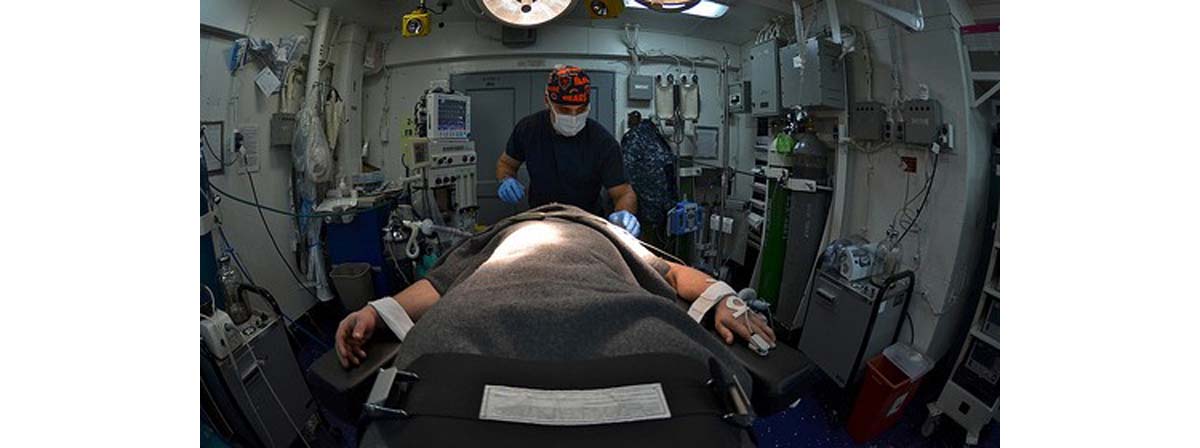Table of Contents
In the United States, about 1 in 16 people eventually develops colon polyps and then colon cancer. This form of cancer is uniquely treatable in its earliest stages. When potential cancers are detected in the polyp stage, a fairly easy "snip" is often all that is needed to ensure completely effective treatment. Colon cancers cannot be treated, however, until they are detected. And the method used to detect colon polyps and colon cancer is colonoscopy.

A colonoscopy is a visual inspection of the bowel with a specially designed camera on the end of a flexible tube (called an endoscope) inserted by a doctor into the rectum. Patients prepare to undergo a colonoscopy by drinking large amounts of laxatives, up to 2 gallons (8 liters) of a mixture of water and magnesium citrate. Available without a prescription, products with trade names like LiquiPrep or Miralax are mixed up at home and taken at least 24 hours before the procedure, with the objective of encouraging complete evacuation of the bowel so the doctor can clearly see its lining. It is also important to avoid solid food for 2 days before the procedure, as well as semi-solid food that could be mistaken for a lesion in the lining of the colon itself.
Colonoscopy: A Painless Procedure?
Very few colonoscopy patients complain about any part of the procedure other than the prep at home, which can require countless trips to the bathroom. Most people don't complain about the procedure afterwards because they don't remember it. That is because they are sedated during the procedure.
In the United States, most people receiving colonoscopy exams are sedated with a drug called propofol. This medication is infamous as the drug that was misprescribed to pop star Michael Jackson, resulting in his death. The advantage of propofol for patients is that it is cleared out of the body quickly after the procedure is over, although it provides no pain relief. The advantage of propofol for the gastroenterologist is that patients who are given the drug are able to cooperate with the procedure, turning or moving body position to accommodate the tube being inserted up their behinds, but they have no memory of the events a few hours later. It's not anesthesia, but because you don't remember the colonoscopy, it's essentially the illusion of anesthesia.
Propofol Makes Colonoscopy Easier, At Least for the Doctor
Patients given propofol have to be closely monitored by an anesthesiologist, but, despite the tragic Michael Jackson case, complications are relatively rare. Propofol is a lot safer than the older combination of sedative drugs that were once commonly given before colonoscopy, such as benzodiazepine tranquilizers with narcotics.
So, when doctors and nurses have their own colonoscopies, they are OK with getting a shot of propofol, right? Two doctors conducted a survey of 451 gastroenterologists and 460 colonoscopy nurses to find out if that was actually true.
- Agrawal D, Rockey DC. Propofol for Screening Colonoscopy in Low-Risk Patients: Are We Paying Too Much? JAMA Intern Med. 2013 Jul 15. doi: 10.1001/jamainternmed.2013.8417.
- Flemming JA, Vanner SJ, Hookey LC. Split-dose picosulfate, magnesium oxide, and citric acid solution markedly enhances colon cleansing before colonoscopy: a randomized, controlled trial. Gastrointest Endosc. Mar 2012/ 75(3):537-44.
- Photo courtesy of Official U.S. Navy Page by Flickr : www.flickr.com/photos/usnavy/6727251829/
- Photo courtesy of United States Navy by Wikimedia Commons : commons.wikimedia.org/wiki/File:US_Navy_110405-N-KA543-028_Hospitalman_Urian_D._Thompson,_left,_Lt._Cmdr._Eric_A._Lavery_and_Registered_Nurse_Steven_Cherry_review_the_monitor_whil.jpg

